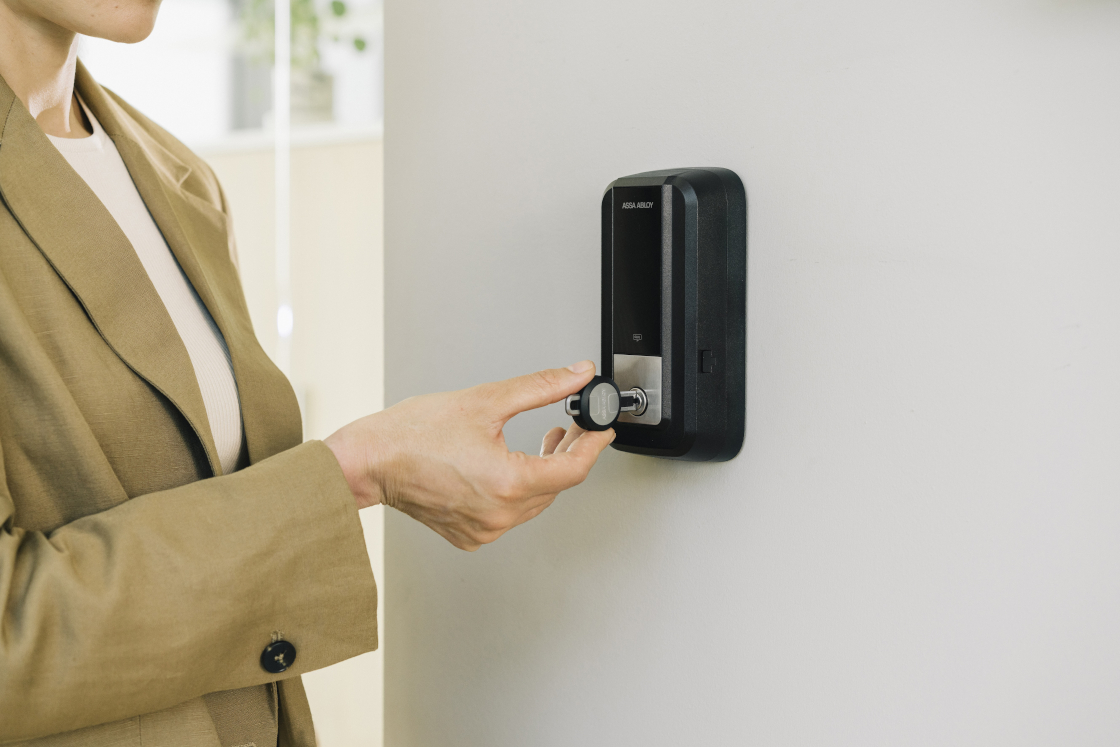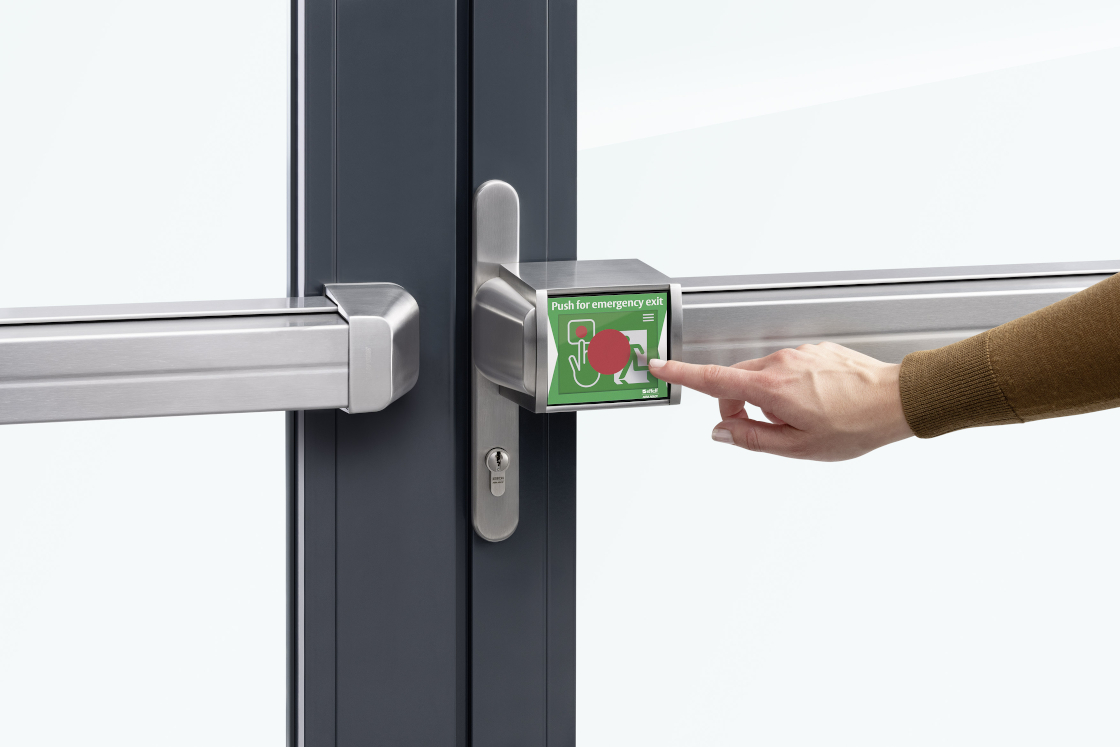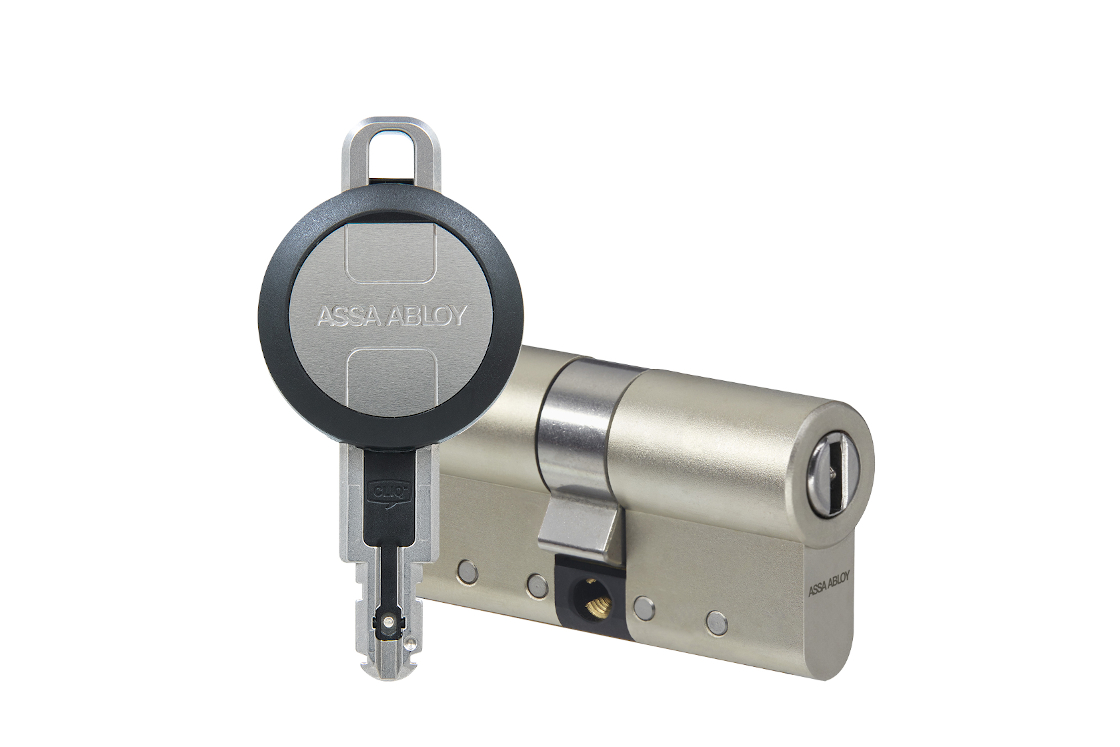Abloy UK calls for greater awareness of compliant access solutions amongst Health and Safety Managers
| Company | ABLOY UK |
|---|---|
| Date | 22.10.2025 |
Security expert Abloy UK is calling for greater awareness of compliant access control solutions amongst Health and Safety Managers, to ensure workers across critical infrastructure, commercial facilities and high-risk environments are protected and secure.
Many businesses are putting themselves at risk of financial loss and reputational damage due to lack of understanding of safety legislation and compliant access control. With this in mind, Abloy is highlighting the need for greater understanding of the role access control has within health and safety strategies.
Fatalities and injuries in the workplace remain a serious concern, as according to the latest figures, 124 workers and 92 members of the public were killed in work related accidents over the last year. Additionally, more than 600,000 injuries were reported, leading to 33.7 million working days lost and £21.6 billion in costs to the UK economy.[1]
In some cases, these incidents involve unsafe access to hazardous or restricted areas, including plant rooms, electrical infrastructure, maintenance zones or escape routes that have been misused or blocked. Whether intentional or accidental, unauthorised access to these locations creates significant safety risks for both workers and the public.
 For example, in industrial and commercial environments, individuals entering confined spaces or machinery zones without the correct training or authorisation can be exposed to life threatening hazards. In public spaces, unsecured emergency exits or staff only areas can lead to safety breach, vandalism or misuse during evacuations.
For example, in industrial and commercial environments, individuals entering confined spaces or machinery zones without the correct training or authorisation can be exposed to life threatening hazards. In public spaces, unsecured emergency exits or staff only areas can lead to safety breach, vandalism or misuse during evacuations.
David Rock, Market Development Manager, at Abloy UK, explains: “These insights highlight the need for increased awareness around access control in life safety management. Every time we reduce the chances of someone being in the wrong place at the wrong time, we lower the risk of injury, improve compliance and protect organisations from disruption.”
It is recommended that life safety access control includes systems that can restrict access to hazardous areas and manage permissions in real time. For example, Abloy’s electromechanical eCLIQ solution offers complete control over which key cards can access certain areas. This can be integrated into permit to work procedures, ensuring that only trained, competent individuals are able to access the correct areas.
Not only this, but eCLIQ offers traceability, tracking and audit trails, allowing for a complete overview of who accessed certain areas, including more remote locations, and when they did so. Having this capability offers a more organised approach to health and safety, allowing organisations to have complete insight into movement patterns and identify potential breaches before they escalate.
By creating a verifiable record of all access events, organisations can more easily investigate incidents, demonstrate compliance to regulators and provide evidence during audits. This also supports a culture of accountability, as employees and contractors are aware that their access history is recorded and monitored.
By using a solution like this, access rights can be granted and taken away easily, which is important if an individual’s training has expired and they are no longer allowed to have access to a certain area or machinery. It is also useful to have this feature if key cards are lost or stolen, which aids the protection of both staff and public, deterring unlawful behaviour and removing threats in high-risk environments.
Compliant escape door systems (EDS) are essential for a successful health and safety plan as they allow for safe, compliant escape during emergencies. In normal use, an EDS maintains security to prevent unauthorised entry, but when triggered by a fire alarm or power failure, it releases instantly to provide a quick evacuation route.
This capability is important for safeguarding both employees and members of the public, as delayed or blocked exits can significantly increase the risk of injury or loss of life. Escape routes always need to be functional, even in the event of a technical fault or power outage.
When managing electrically controlled escape door systems, it is important to refer to NCP 109 Issue 4. It includes enhanced guidance on compliance to support a safe and secure approach to controlling escape doors. The issue mandates that access control systems on escape routes must comply with European Standards, specifically EN 179, EN 1125 and EN 13637.
Meeting legislative requirements, EN 1125 and EN 179, not only ensure legal adherence but also demonstrates a proactive commitment to occupant safety and emergency preparedness.
EN 13637 also needs to be considered, particularly when electrically controlled escape doors are present. As the standard is relatively new, it is important that Health and Safety Managers understand the need for greater control of escape doors and routes, without compromising on safety or the ability to escape in an emergency.
Including EDS within a wider access control plan helps to maintain site security in everyday operation while guaranteeing unrestricted escape when needed. This means that safety is not compromised for the sake of security and vice versa.
By integrating solutions like eCLIQ and the Abloy EDS, organisations can create an intelligent, layered system that prevents unsafe access, enables rapid evacuation and meets the most stringent safety standards.
Industry support is available, the Abloy Academy offers training for those who want to become more proficient in the latest compliance legislation, safe locking strategies and integrating access control into wider safety management plans.
Through training, individuals like Health and Safety and Facilities Managers can gain the knowledge needed to specify the correct systems and implement solutions that actively reduce risks while strengthening compliance.
David Rock concluded: “People tend to forget that health and safety isn’t just responding to incidents, it’s about preventing them in the first place. Too often, organisations only look at access control and escape provision after something goes wrong.
“By taking a proactive approach and implementing a preventative strategy, you can protect your people, meet compliance requirements and avoid the costly consequences of inaction.”
For further information on products and services available from Abloy UK visit www.abloy.com, email info@abloy.co.uk or call 01902 364 500.
Contact
Portobello Works
School Street
Willenhall
West Midlands
United Kingdom
WV13 3PW
- 07766 071940
- 01902 364500




